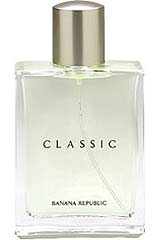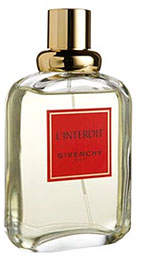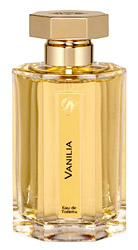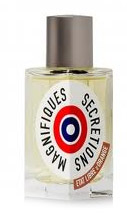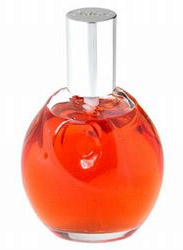Ah, body odor, modern humanity’s odorous enemy. No matter what the virtues of body odor used to be–smelling bad is now a faux pas and people often equate smelling like BO to having bad hygiene. Now, some of us can’t help how we smell. Some of us sweat more than others, some of us exercise a lot and thus sweat more, some of us just have more odor. Enter deodorant, soap, perfume, and other deodorizing, smell good agents.
I’m shocked constantly by how many times people ask if they should use deodorant if they use perfume and vice versa. The answer is, sure, if you want to. I suppose the real question here is, how do you use deodorant and perfume without one overpowering the other or without creating a miasma of convoluted scent? The answer to that is simple too.
If you’re going to wear a perfume and need to wear deodorant as well, you should go for an unscented deodorant. The reason why you should avoid scented deodorants if you’re going to rock some perfume is because deodorant scents are strong, hardy things. Many of them project well, and have excellent longevity. Deodorants need to be robust because the purpose behind them is to both control odor and mask it. So chances are, a scented deodorant will overpower or mingle with perfume you choose to use.
There are a ton of unscented deodorants out there and if you don’t like the unscented stuff, using a deodorant with a light smell is good too. Some companies even brand men and women’s unscented deodorant–which is just asinine if you ask me.
Some of my picks for unscented deodorants include:
- Mitchum Unscented Anti-Perspirant & Deodorant (Gel)
- Dove Antiperspirant & Deodorant, Unscented for Sensitive Skin (Solid)
- Crystal Stick Body Deodorant (Rock)
Just a forewarning, this is not a deodorant review site and I am not a deodorant expert. I will warn, however, that deodorants containing aluminum can cause a yellow, cakey build-up on clothing for some people. The result is a ruined shirt. And, let’s admit it, it’s kinda gross to look at too and probably not very comfortable to feel.
If you don’t sweat a lot, I highly recommend using deodorants without aluminum like the rock-type deodorants. If you’re okay with a lightly scented deodorant, I can recommend The Body Shop’s DeoDry deodorants as an aluminum-free option with scent. If you do sweat a lot and worry about odor these options may not work as well for you.
Which leads me to the next question that gets asked rather often, “Can’t I just spray my perfume under my armpits?” Well, you certainly could on a strictly scented-view (I’m not a dermatologist either and can’t say whether spraying perfume on your armpits is a good idea or bad idea on a medical standpoint) but keep in mind that perfumes weren’t formulated to be deodorants.
They’re more delicate for one, won’t last as long for another, and weren’t developed to suppress odor and mask it at the same time. The most a perfume would do on your pits is mask the scent until you start sweating and giving off odor.
Remember, one of the ways perfumes give off their scent is through heat. They give more scent if it is hot and they don’t last as long when it is hot. So when you’re sweating and your body temperature is elevated your perfume will be projecting a ton at first but its lifespan is probably going to be pretty dismal. That’s not to mention your natural body odor will mix with the perfume’s scent and what you end up with might be a concoction that smells similar to armpits, salt and sour vanilla.
Finally, please note that perfume and deodorant are two different things. I know how obvious that sounds but you won’t believe how many people buy a can of spray deodorant and insist that they are using perfume. It’s not perfume. It is a deodorant spray and it has a far different function than perfume.
So that’s the low-down. Use an unscented deodorant, or a lightly scented one, and wear your perfume freely–just not on your armpits.




